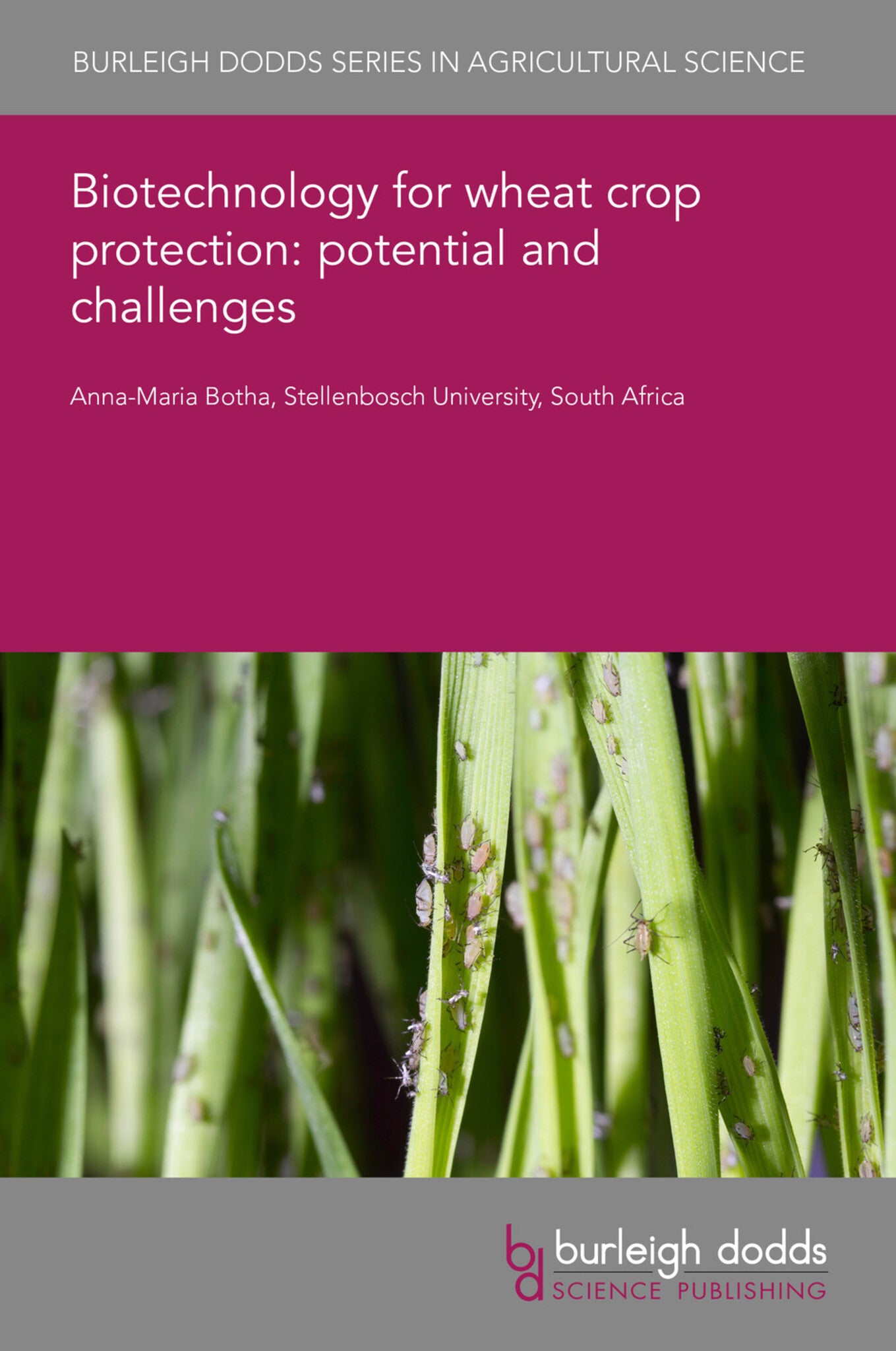We're sorry. An error has occurred
Please cancel or retry.
Biotechnology for wheat crop protection: potential and challenges

Some error occured while loading the Quick View. Please close the Quick View and try reloading the page.
Couldn't load pickup availability
- Format:
-
01 May 2023

Wheat is an economically important commodity because of the fundamental place it holds in human diets, and to keep up with ever rising demands crop yield must increase substantially. Wheat grain yield, however, is under constant threat by abiotic (e.g., heat, drought, pollutants) and biotic stressors (pests, pathogens, and weeds). Even though classical wheat breeding has been successful in producing pest resistant wheat varieties that express agronomically valued traits, releasing a new variety is a lengthy process, and breakdown of resistance not uncommon. For many years, integrated pest management (IPM), which includes practices like intercropping and chemical pesticide application, has been implemented alongside these resistant varieties. Increasingly, consumers view the application of chemical pesticides as less desirable being perceived as harmful to humans and the environment. Hence, this review explores the potential and limitations of the application of biotechnological tools (e.g., epibreeding, genome editing, RNA interference, nanoparticles and effectoromics) to assist with pest management that is more sustainable and complies with consumer preferences.

TECHNOLOGY & ENGINEERING / Pest Control, Pest control / plant diseases, TECHNOLOGY & ENGINEERING / Agriculture / Sustainable Agriculture, TECHNOLOGY & ENGINEERING / Agriculture / Agronomy / Crop Science, Agronomy and crop production, Sustainable agriculture, Agricultural science

- 1 Introduction
- 2 New breeding technologies
- 3 The wheat genome: an obstacle to precise genome editing
- 4 Epibreeding
- 5 Host plant-insect pest interaction
- 6 The importance of understanding the pest beyond pest biology
- 7 RNA interference
- 8 Conclusion and future trends
- 9 References



